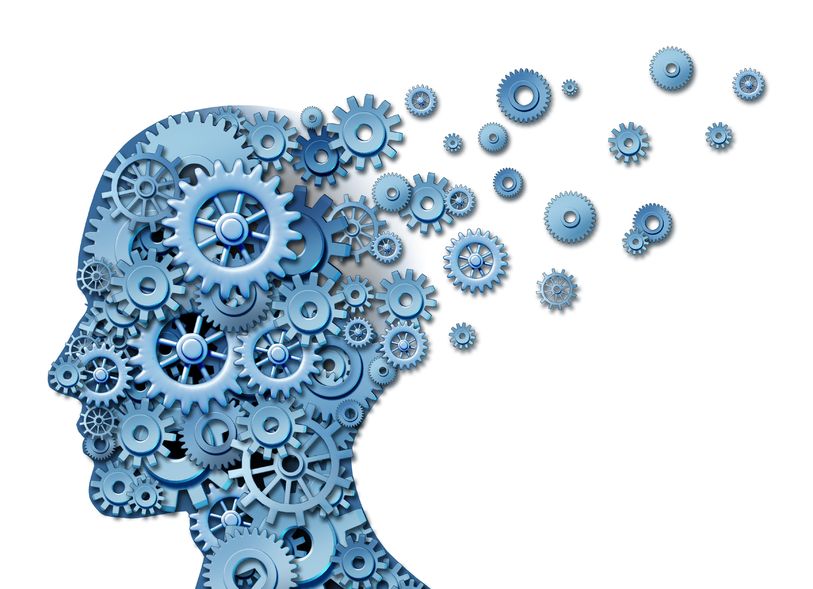Note that your final mark will not be saved in the system.
*Memory models GapFill
You must fill all the gaps before clicking ‘Check Answers!’

A vast array of information is detected by our senses but only a small proportion of this is processed, let alone stored. The memory allows information to be stored and recollected at a later date. This enables us to previous stimuli with greater efficiency. There are two main memory models that aim to explain how information is received, processed and stored.
’s multi-store memory model - This model proposed three levels of memory:
- Short-term sensory store (STSS) - Otherwise known as our memory, this is where environmental cues are received by sensory receptors. It has a capacity but can only store information for up to a ; therefore, most information that passes through this level is lost. However, at this level is able to retain information perceived as important and disregard irrelevant stimuli, effectively acting as a filter.
- Short-term memory (STM) - Selectively attended to information moves into the short-term memory. This level has a moderate capacity, holding items for up to .
- Long-term memory (LTM) - If information is rehearsed, it is and transferred into the long-term memory. At this level, there is a potential to store an amount of information indefinitely, depending on its significance to the individual. Information stored here can be retrieved back into the STM.
’s levels of processing model - This model attempted to provide an alternative to the multi-store memory model, which was criticised for being over-simplistic, ignoring the effect that different types of information could have. The differentiation between shallow and deep processing in this model dictates how long the memory trace lasts for. Shallow processing of information only considers the (i.e. what something looks like) and (what something sounds like) properties of stimuli, preventing it from being transferred from the short- to long-term memory. When information considers the properties of stimuli (i.e. what something means), then it is considered as being deeply processed and is transferred to the long-term memory. Deep processing can be further improved by relating information to a past experience and understanding its importance.
Relation to sporting performance
Both models can be applied to sporting performance. Using batting in cricket as an example, the short-term memory can be used to interpret the environmental conditions such as the position of fielders, approach of the bowler, weather conditions and sledging from the wicketkeeper. The multi-store memory model would suggest that only important information is attended to (e.g. approach of the bowler, weather conditions) and irrelevant stimuli are filtered out (e.g. sledging of the wicketkeeper). The important information is rehearsed and encoded into the long-term memory, so that the batter can retrieve stored information about the specific bowler's style of play and apply it based on short-term memory perceptions in the next innings (e.g. if the bowler approaches in a certain manner it might mean they are about to apply side spin on the ball). The levels of processing model would suggest that only if the batter considers the meaning of the environmental cues will they store this information in their long-term memory.